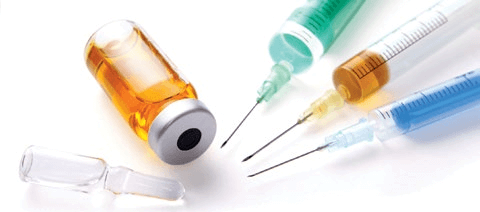Testosterone Replacement Therapy (TRT)
Testosterone replacement therapy is initiated by a medical practitioner when clinical complaints are accompanied by decreased testosterone levels and confounding factors have been excluded. Testosterone therapy aims to re-establish normal libido, sexual function, general mental health (e.g., mood, mental acuity, clear thinking) and physical status (muscle mass, muscle strength etc) with little physiological and mental risk.
Testosterone replacement restores serum testosterone to physiological circulating concentrations in men with hypogonadism and reverses the symptoms of androgen deficiency. Thus, it is able to produce an improvement in libido, an increase in bone mineral density and an increase in muscle mass. Testosterone produces favourable changes in body composition, with a reduction in fat mass and an increase in lean body mass; improvement in mood; correction of anaemia; and improvement in memory performance and cognitive status. It is widely accepted testosterone therapy lessens the risk of cardiovascular disease. Some cardiologists routinely prescribe testosterone to their patients when testosterone levels are low or following heart attacks.
Testosterone Treatment Options
Men have been using testosterone treatment for many years but today’s options include topical testosterone gels and creams, short and long acting injections of testosterone esters, application of testosterone via transdermal skin patches, subcutaneous testosterone implants and oral testosterone capsules.
Injections: Testosterone esters must be injected every two to four weeks, customarily in doses of 250mg. The intramuscular injection goes deep and can be quite painful. It results in very high circulating concentrations of testosterone for several days after administration, with a progressive fall to normal or sub-normal concentration over the following two to three weeks.
The rise and fall in concentration causes fluctuations in the symptoms experienced as well.
More recently, longer acting injections (Reandron®) have become available and last for up to three months. They are not available in the USA. Both longer and shorter acting injections, are irreversible so if unwanted side effects occur then there is no chance to turn back or reduce the severity of these side effects.
Testosterone skin patches: (Androderm®) provide physiological testosterone replacement. Night-time applications lead to a pattern of circulating concentrations similar to what is normally seen in healthy males. When applied daily, the patches have a relatively high incidence of adverse skin reactions. These can be sufficiently severe and you may be  recommended to discontinue use. The patches are visible and may discourage users from participation in sporting activities which require the use of change rooms.
Testosterone pellets (implants): in doses of 600 – 1200 mg, are inserted subcutaneously under local anesthetic. They produce physiological testosterone concentrations which may be sustained for four to six months. Problems include the need for repeated local surgical procedures, and expulsion of the implants. 5 to 10% of procedures experience this. It often occurs several weeks later. The site of implantation may occasionally become infected and require antibiotic treatment. Since 2012 testosterone implants were discontinued in Australia.
Oral testosterone capsules: (Andriol®) provide only moderately effective testosterone replacement. They cause wide fluctuations in circulating concentrations due to highly erratic absorption, and sometimes gastrointestinal intolerance. Up to eight 40mg oily capsules daily are required. The use of oral testosterone is generally confined to patients who are intolerant of other preparations.
Topical testosterone: (Testogel® 1%) testosterone gels and testosterone creams (AndroForte® 2% & 5% testosterone creams) require daily application. Few problems and side effects have been reported and satisfactory efficacy has been achieved. Studies show that the efficacy and safety of topical testosterone is high when given for around 36 months follow-up. The form of topical testosterone has replaced injections, oral and patches previously considered more popular. This is due to the patient-friendly mode of application and dosage flexibility.
In practical terms, the gels require application over a very large skin surface area (back, chest, shoulders and arms). Patients need to wear covering clothing on the site of application when in contact with partners or children to avoid transfer of residual testosterone from the skin.
The testosterone cream AndroForte is unique tamong this category of therapy applications because the cream can be applied directly to the scrotum. Scrotal skin is up to five times more receptive to the absorption of testosterone than upper body skin. Therefore, a lower testosterone dose can be used to achieve a higher blood testosterone level.
No discomfort is caused by applying the cream scrotally and the risk of transfer to others is minimal. Alcohol-based gels, on the other hand, can create a burning sensation and irritate the skin.
Further Reading:
Testosterone Deficiency – Causes and Diagnosis
Potential Risks of Testosterone Treatment
Testosterone Online Self-Assessment Questionnaire
Testosterone for Men – Quick Q & A
The information in this article has been taken with permission from the official Lawley booklet on Understanding Testosterone in Men


